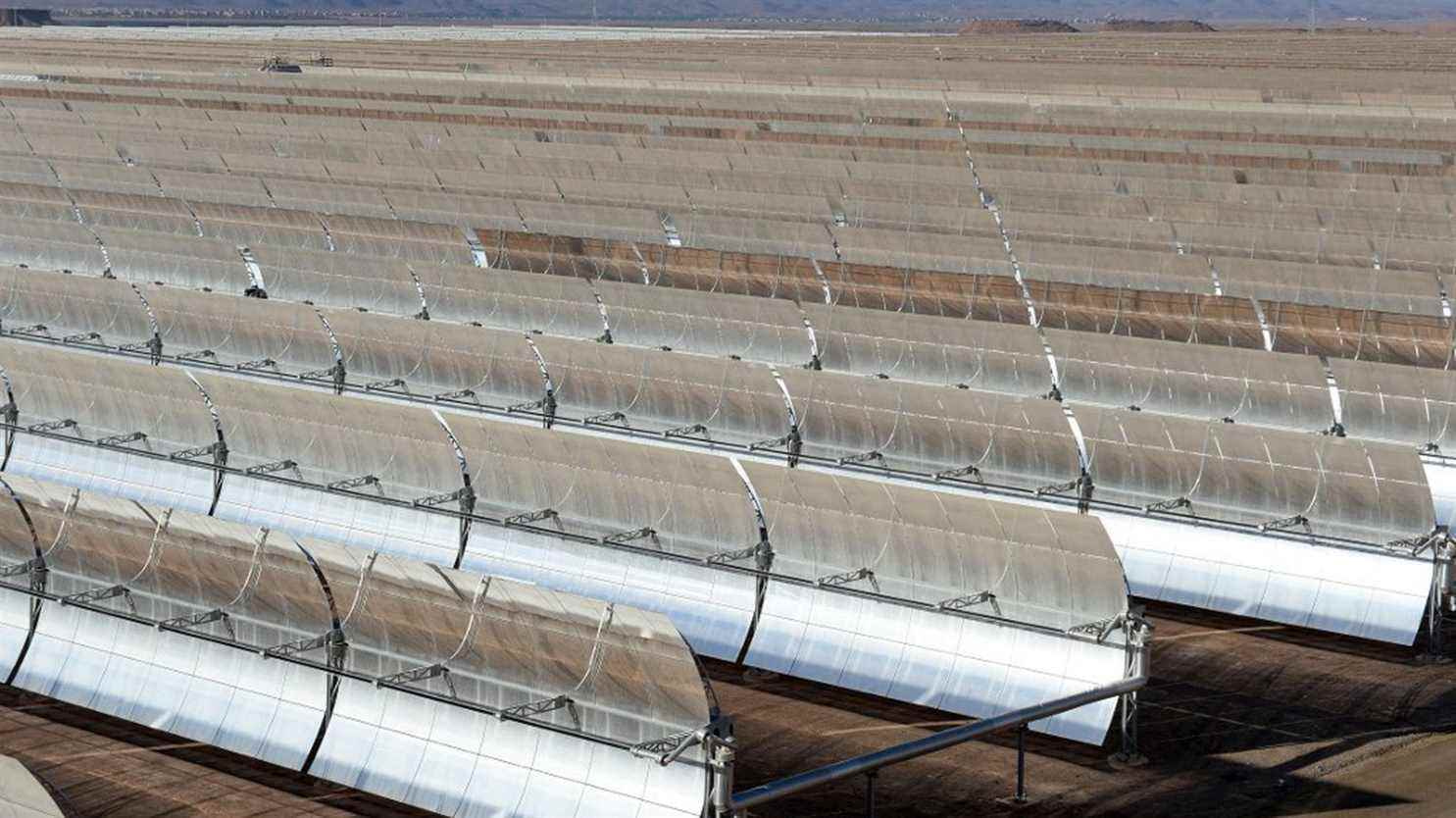Finally, one would be tempted to say! Announced at the end of 2020, the call for tenders for the construction of photovoltaic power plants in Algeria as part of the “Solar 1000 MW” plan has been published. The opening of the bids will take place on April 30, 2022.
It is a project which aims to install more or less large solar power plants in order to obtain, by 2035, an electricity production of 15,000 MW. Power plants will be distributed across the country in batches of 50 MW for the smallest to 300 MW for the largest. Eleven installation sites were selected, including Ghardaïa, Ouargla, Béchar. It is the Algerian Society of Renewable Energies which will award them to the candidates selected during the call for tenders.
Despite the enormous potential of southern Algeria, which has an annual sunshine of 3,000 hours on average, solar only represents 3% of the country’s electricity production. This is largely devoted to fossil fuels – and in particular gas – which provide 97% of production. But to meet a constantly increasing demand for electricity (+ 7% per year since 2010) and face the eventual depletion of the fossil resource, Algeria had to find a new resource.
While the government is still very suspicious of foreigners, this time the project is open to foreign investment. The bank guarantee demanded from non-Algerian candidates amounts to half a million dollars, a sum equal to the investments required for the production of solar electricity.
We need money, we also need expertise in the field which Algeria does not have on a large scale. In this sense, the call for tenders is unambiguous, there is no room for amateurism. The candidate must justify “proven references in the development and assembly of projects for independent production of electricity from renewable sources”.
Algeria had already launched in 2011 the National Program for the Development of Renewable Energies and Energy Efficiency (PNEREE). The project was thinking big: 22 gigawatts of production, half of which was intended for export by 2030. Almost half of electricity production was to be provided by solar. In fact, only three plants were built, not even reaching a cumulative power of 40 MW.
There was also the Desertec project, in collaboration with Germany. This international project envisaged installing dozens of solar power plants in the deserts of North Africa and the Near East and exporting electricity to Europe. But the staggering cost of the project, estimated at 450 billion dollars, including 50 billion for the transmission of electricity alone, quickly calmed the spirits. Today, if the Desertec foundation still exists, it seems to be dormant.
According to Boukhalfa Yaici, an actor in the solar sector cited by TSA, the conditions have finally been met in Algeria to develop the sector. “In June 2020, there was the establishment of a ministry dedicated to energy transition and renewable energies. This was the first political act which made it possible to give an important signal.”
This time, it is for Algiers to succeed in this plan. To meet electricity consumption, but also to catch up with the Moroccan neighbor, African champion of solar energy.
